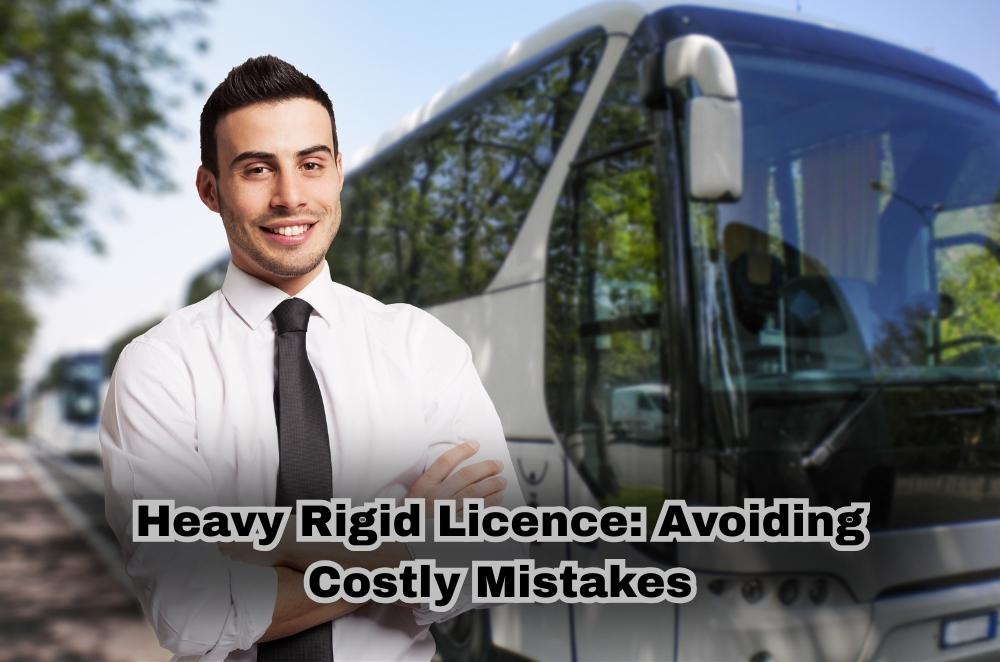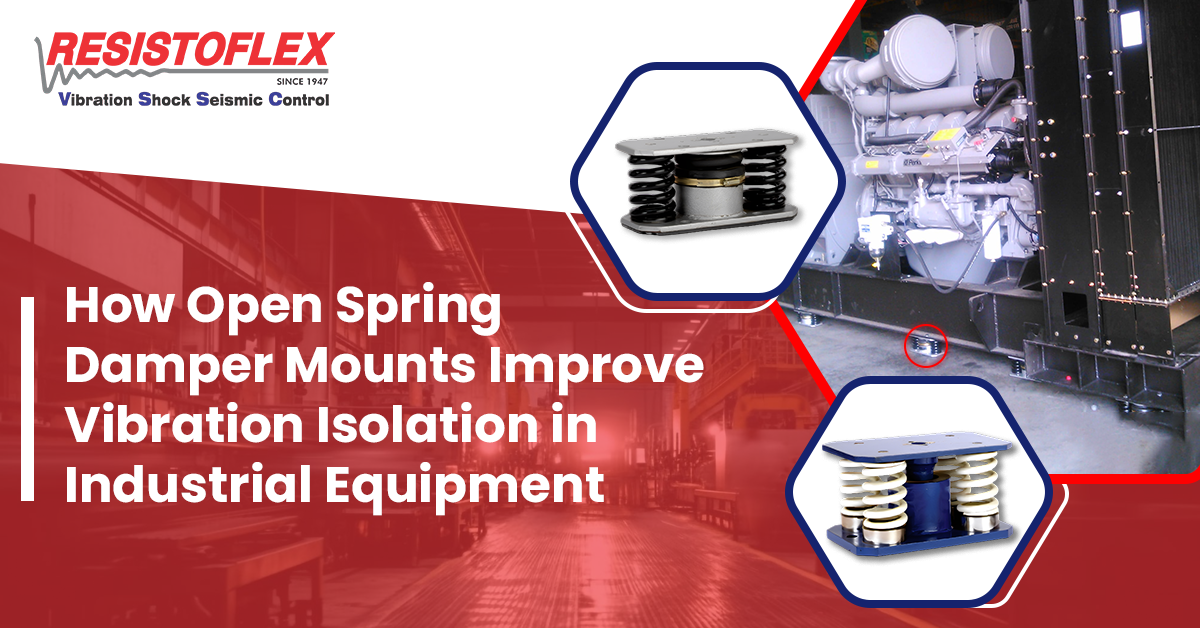Heavy Rigid Licence: Avoiding Costly Mistakes

Earning a heavy rigid licence can unlock serious career opportunities in transport, logistics, construction, and local government work. But like many people, I walked into the process thinking it would be straightforward. I had been driving for years. I felt confident. I booked the test, paid the fees, and expected a smooth ride.
What I did not realise was how quickly that confidence could turn into confusion. Between unclear requirements, unexpected costs, and my own bad planning, I made several mistakes that cost me both time and money.
So, if you are thinking about going for your HR licence, let me walk you through what I wish I had known. From preparing for the heavy rigid licence practice test to understanding state rules, this guide can help you get your licence without the setbacks I experienced.
Why get a heavy rigid licence?
A heavy rigid licence qualifies you to drive trucks and buses with three or more axles and a gross vehicle mass above eight tonnes. This includes tip trucks, concrete agitators, heavy haulage vehicles, and public transport buses.
I applied because I wanted flexibility and a stable income. I had worked casual jobs for years and was looking for something reliable and practical. What I discovered is that the demand for HR drivers is strong across Australia, especially in regional areas.
It is a great qualification to have, but getting it requires more than showing up on test day.
Where did I go wrong first?
I had over a decade of driving experience and thought that would carry me through the HR assessment. I was wrong. Driving a heavy vehicle is a completely different experience. The braking response, blind spots, gear shifting, and turning radius all require a different level of control and awareness.
When I took my first lesson, I realised I had no idea how to double-clutch or safely reverse a ten-metre vehicle into a loading bay. It was like starting from scratch.
That is when I started preparing properly. I found a provider that offered HR practice test and spent time behind the wheel in a proper training truck. It made a huge difference.
What I overlooked: state-based requirements
I live in New South Wales, and while some rules are consistent across Australia, the finer details can vary from state to state. When I first applied, I assumed the process would be the same as what a mate of mine went through in Queensland.
But NSW had its own eligibility conditions. For example, I needed to have held my car licence for at least two years. I also had to pass a knowledge test before even booking the practical. Had I not checked in time, I could have missed the test window and paid rescheduling fees.
I later found the official guide to heavy vehicle licences in NSW on the government’s website. It clearly lays out everything, from medical forms to logbook rules. It is worth reading before you book anything.
A lesson in choosing the right training provider
The first training school I went to looked promising online. Affordable rates, fast bookings, plenty of availability. But the reality was less impressive. The truck was old and hard to handle, and the instructor barely spoke to me except to give vague one-word directions.
After one lesson, I realised I needed to find a better provider. I switched to a local business with better reviews and more structured training. They explained each part of the assessment clearly and helped me prepare with real-world examples.
They even helped me prepare for the HR licence test with step-by-step practice. That made all the difference on test day.
Understanding the cost breakdown
When I first looked into getting an HR licence, I thought I was looking at a few hundred dollars. In reality, the total cost was closer to one thousand five hundred by the time I finished.
Your guide to a heavy rigid licence should include a clear understanding of what those costs cover, so you are not caught off guard like I was.
Here is where the money goes:
-
The knowledge test
-
Driving lessons
-
Vehicle hire for the test
-
Practical assessment fee
-
Logbook or training record, if required
-
Medical clearance for some drivers
-
Retest fees if you do not pass the first time
Common mistakes that lead to failed assessments
After speaking with others in my training group, I realised many of us made the same errors when we first started. Here are the most common ones:
-
Not checking mirrors often enough
-
Failing to apply the handbrake when stopped
-
Poor clutch control, especially on hills
-
Forgetting to signal when pulling out of the kerb
-
Unsafe gaps between vehicles in traffic
These may seem minor, but assessors take them seriously. They want to see consistency and control, not just technical skills. It is worth taking a few extra lessons to polish these basics.
How to prepare like a pro
Here is what I recommend after going through the process:
-
Take at least two lessons before booking your practical
-
Practice reversing and hill starts in a quiet industrial area
-
Use the same vehicle for both training and testing if possible
-
Memorise your pre-departure checklist
-
Arrive early and treat it like a job interview
And do not be afraid to ask your instructor to repeat things or explain them more clearly. The better your understanding, the more confident you will feel on the day.
What happens after you pass
Once you pass the HR practical and submit your paperwork, you will receive a provisional HR licence. This allows you to drive a range of heavy rigid vehicles across your state and often interstate too.
I found work within three weeks of passing. Local transport companies are always looking for new drivers, and some employers will even help you move up to multi-combination licences later on.
The best part? Once you are on the road, you keep learning. Every job teaches you something new.
Final words from someone who learned the hard way
Earning a heavy rigid licence can absolutely lead to a stable and rewarding career. But it is not something to rush through. Take the time to understand the requirements, prepare with purpose, and choose a trainer who knows what they are doing.
There are no shortcuts in this process, and mistakes can be expensive. But if you approach it with the right mindset, you will not only pass the test, you will also be a safer and more capable driver for the long haul.








